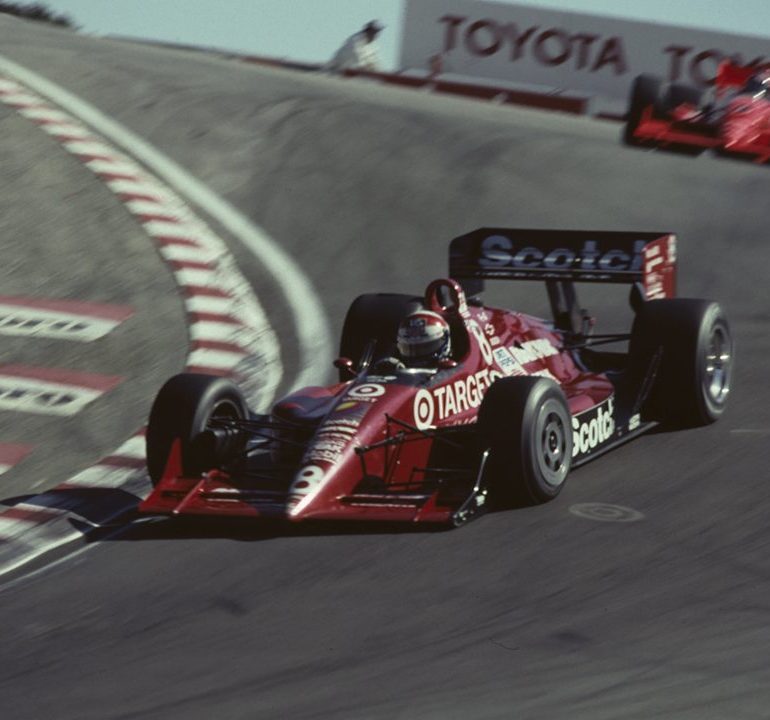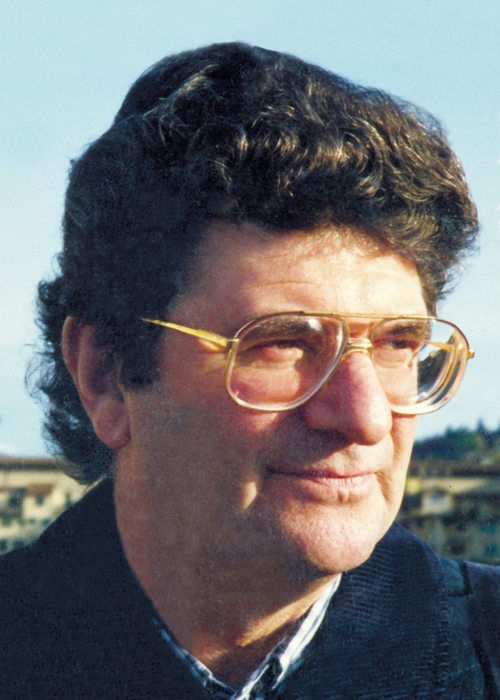
Eddie was driving Enzo Osella’s BMW-engined A2/79 on Pirelli tires in the year’s German round of European Formula Two Championship, and he drove well. He had won the first round at Silverstone, then Pau and Zandvoort. He came 4th at Hockenheim that day, all of which contributed to him taking 4th place in the championship at year’s end with 32 points.
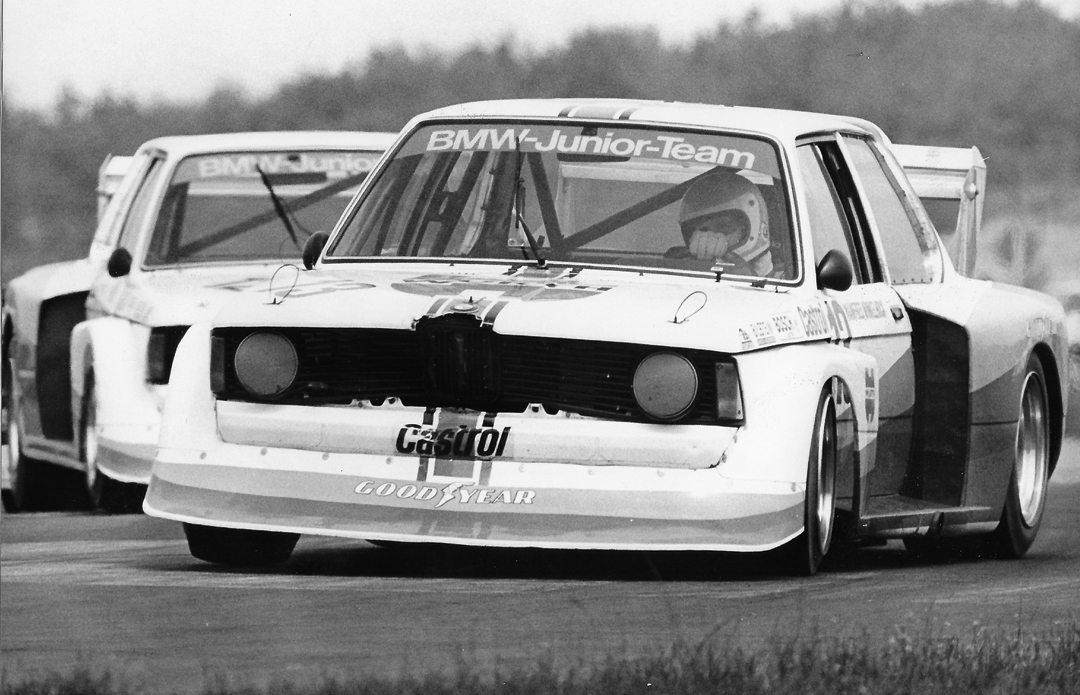
Small beer, you might say, to the first owner-driver for more than 20 years to win the Indianapolis 500 in his Cheever Racing Dallara-Oldsmobile (1998), but it was the start of a distinguished motor racing career, just the same.
Edward McKay “Eddie” Cheever was born in Phoenix, Arizona, on January 10, 1958, but had lived in Rome, Italy, when he was a youngster. He got turned on to motor racing when his father took him to see an endurance race at the famous Monza Autodrome near Milan, and he loved it. So like many of today’s motor racing heroes, Cheever started competing in karts and by the time he was 15 he had won the Italian and European Kart championships. He made a successful classic climb up through the formulas, starting with F3 and worked his way up to the European Formula Two Championship by the time he was just 18 years old, driving a Lancia-Ferrari-engined March 752 in 1976. There were a lot of F2 retirements in those early days, but when he switched from Hart engines to BMWs it all changed. Eddie’s first F2 win was in the Project Four Racing Ralt RT1 powered by a BMW unit at the Nürburgring, and he managed another at Rouen, as well as two 2nds and two 3rds. And then the three wins in the Osella A2/79-BMW, so the writing was on the wall. Cheever was a star in waiting.
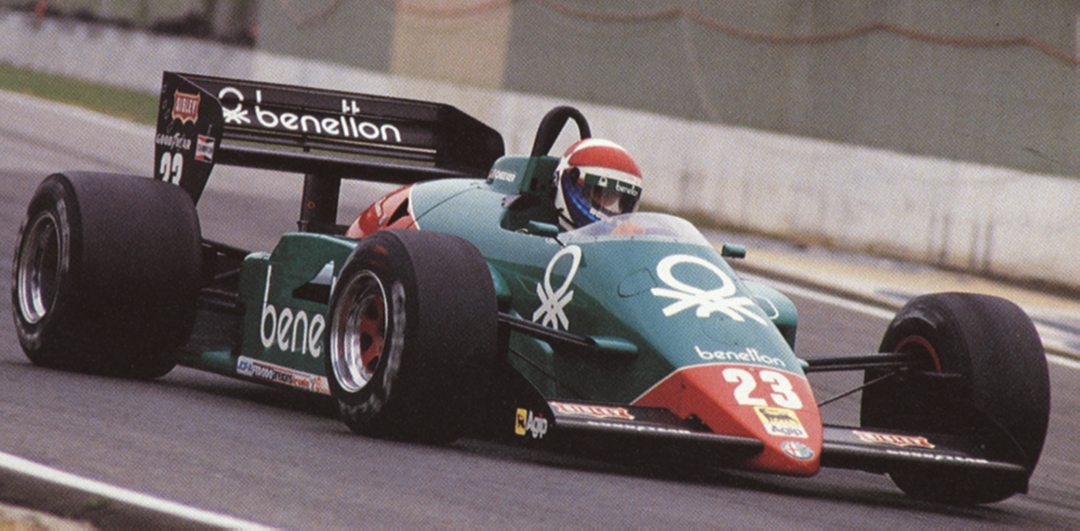
Then came the big move to F1, at the tender age of 20, where he would compete in 132 Formula One World Championship races. There were many retirements during the first three years, when he drove for Theodore Racing, Hesketh Racing, Osella Corse and Team Tyrrell, but he eventually stood on his first podium after finishing 3rd in the Equipe Talbot Gitanes Ligier JS17 at Spa-Francorchamps, a notoriously difficult and fast circuit.
Even better results came with his swing over to Equipe Renault Elf in the Renault RE 40, with a 3rd, appropriately, in the Grand Prix of France, another at Spa again and 3rd place at the ultra-fast Grand Prix of Italy at Monza, which must have been really satisfying having first become attracted to motor sport after his first visit to that same circuit with his father all those years earlier. For years after that, though, Eddie’s career was dogged by uncompetitive cars that couldn’t make it, so between 1984 and 1989 his Benetton Alfa Romeos 185T, 185TB, Haas Lola THL-1s, USF&G Arrows A10s retired no fewer than 38 times with one some kind of car failure or another. Things looked up a little in his last year in F1 when he took 3rd in the U.S. Grand Prix in an Arrows A11.
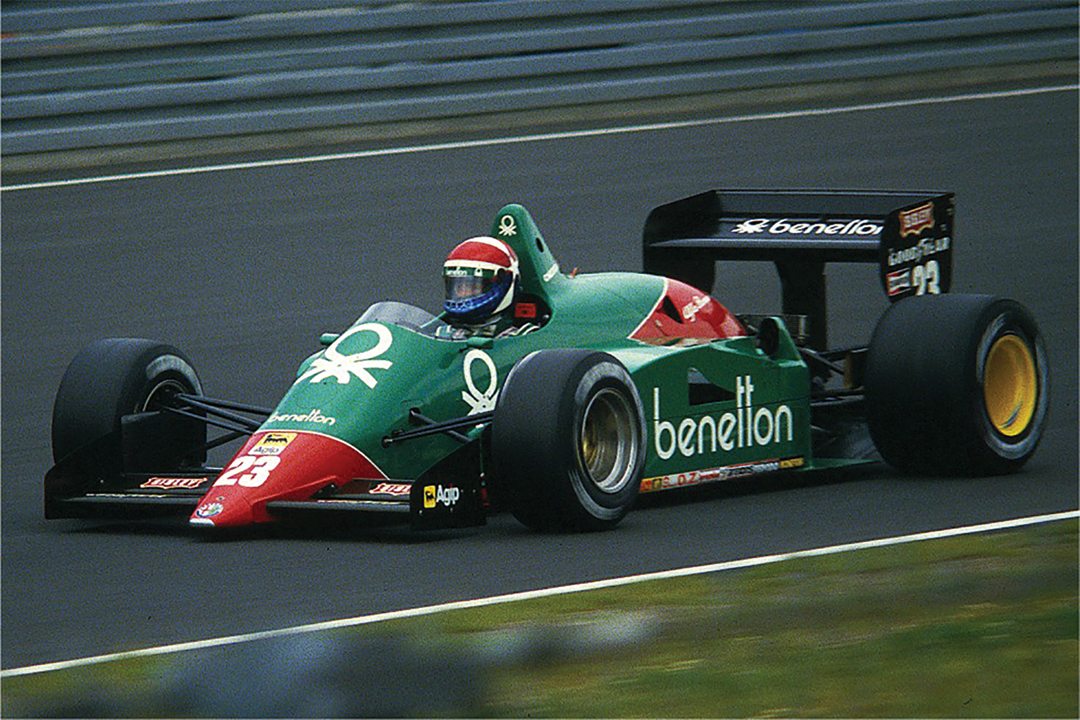
While all that was going on, Eddie did rather well in the 24 Hours of Le Mans by coming 2nd in 1980 driving a Group 5 Lancia Beta Montecarlo with Carlo Facetti and Martino Finotto, and pulled off the same result again in 1981 in another Beta Montecarlo that he co-drove with Michele Alboreto and Facetti.
After such a disappointing Formula One phase in his career, Cheever moved into America’s CART series and in 1990 delivered 3rd places in Detroit and Toronto in Chip Ganassi Racing’s Chevrolet 265A-engined Lola T90/00.
In 1996, Eddie switched to the Indy Racing League and put up with much of the same until he formed his own Team Cheever, whose G-Force Oldsmobile took him to victory at the Walt Disney World circuit and steadily scored points that meant he finished the season 3rd in the final point standings.
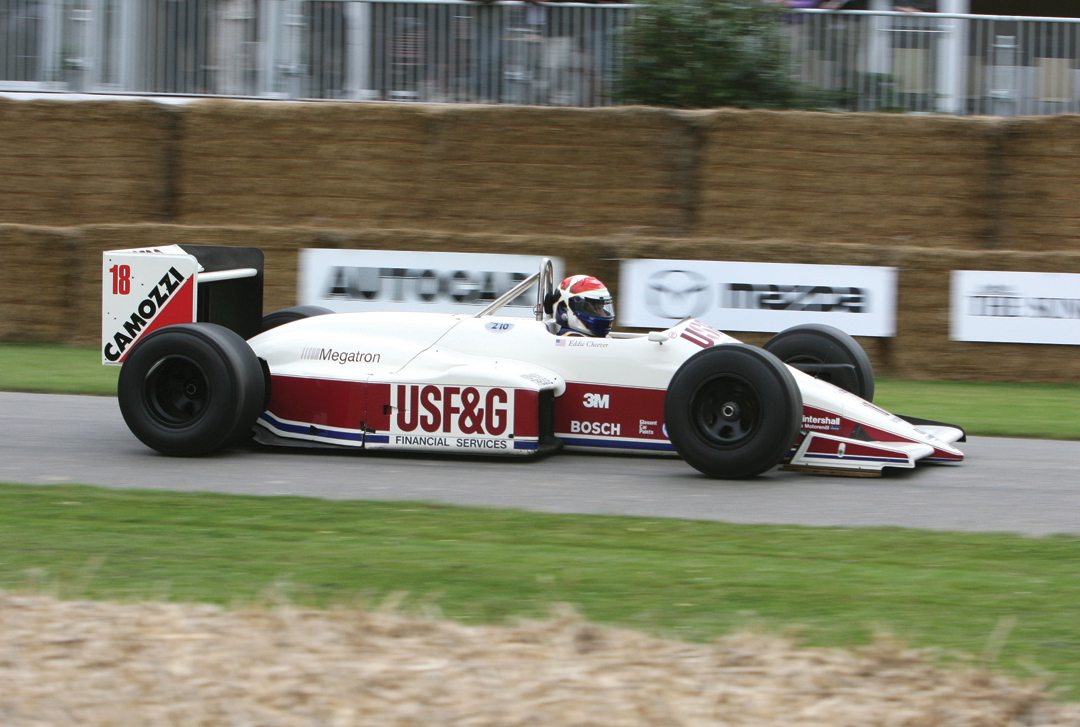
Photo: Pete Austin
His first Indianapolis 500 in 1990 was an indication of what was to come, for he qualified 14th on the grid but finished a creditable 8th in a Chevrolet-powered Lola T90/00. Two years later, he did even better in a LolaT92/00 powered by a Ford XB unit, qualifying 2nd and finishing 4th, an outstanding performance. Then came the big one in his own Cheever Racing Dallara-Oldsmobile at the Brickyard in 1998. It was the third Indianapolis 500 sanctioned by the Indy Racing League, in which Eddie qualified on the 6th row of the grid with John Paul Jr. on his left and Buzz Calkins on his right.
It was a highly dramatic race from the outset, because Cheever got loose in Turn One and sent J.J. Yeley’s Sinden Racing Services Dallara-Oldsmobile slithering down the inside of the track with a half spin that tapped Eddie’s Dallara-Olds, but he was able to continue the race without problem. There was another heart-in-the-mouth episode when Eddie was right behind Davey Hamilton’s #6 car. Hamilton got onto the grass, lost control of his car and went spinning through Turn Three. Cheever was right behind the errant Nienhouse Motorsports entry, but with lightning reactions managed to slip under the Hamilton car and get away without a scratch.
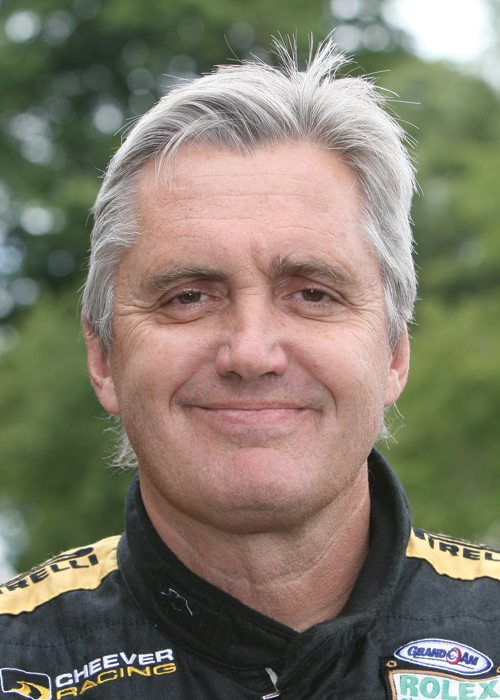
Photo: Pete Austin
Following a long yellow flag period, Eddie was leading the race by the 160th lap, ahead of Buddy Lazier in his Dallara IR7-Oldsmobile and Rookie of the Year Steve Knapp in the ISM Racing G-Force-Oldsmobile on the same lap.
With Lazier on his tail after a restart, Cheever had 1.1 seconds on Buddy and edged further ahead to lead by three seconds before another yellow flag came out on the 191st lap. With five laps to go, the track went green, with Lazier on Eddie’s exhaust pipe, but Cheever never looked anything other than a confident winner of the 82nd Indy 500 and crossed the finish line 3.19 seconds ahead of Lazier, having completed the 200 laps at an average speed of 145.155 mph. He had led the race six times for a total of 76 laps.
Cheever looked a happy man in the victory lane as he raised the traditional bottle of milk with just pride.


